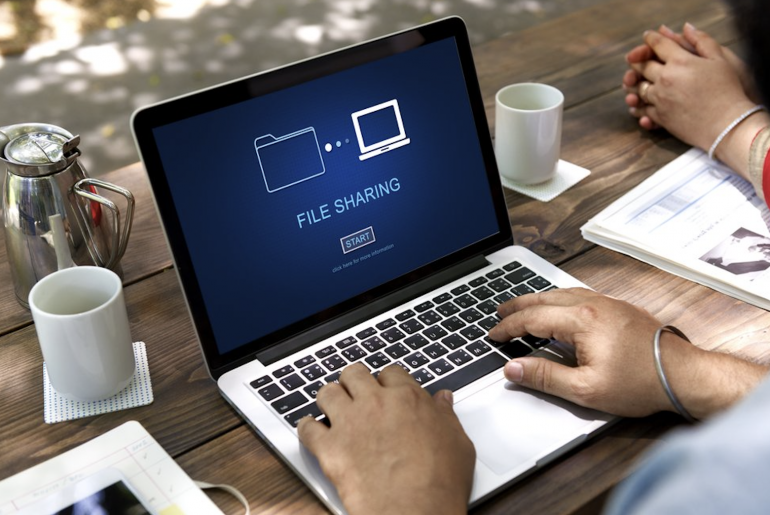In some companies, to send files over 100GB is a unique use case that’s not part of everyday operations, but for many other companies, it’s a different story. If you’re running a business or working in a business that frequently has to share large files, then there should be some ground rules laid out about how to handle and share these files properly. It’s not just a question of security, but also of organisation and efficiency.
So, here are some great file-sharing etiquette tips for companies where digital files pile up like there’s no end.
1. Use Tags
The use of tags on files helps people who are looking for a type of file rather than any one specific file. What kinds of tags you use depends greatly on what kind of business you are in, as well as what kinds of computers you have in the office. For instance, colour-coding the file folders is easy if you’re using some operating systems that allow you to do that.
The most standard way is the use of tags at the front of the file name. For example, if we’re in a law firm and we’re wanting to look up files on local criminal cases, we could directly search the tag #local.crim, or however you choose to format your tag (but the simpler, the better). It will bring up all the files with that same tag so you don’t have to trawl through alphabetically ordered files looking for that particular kind of file.
2. Create a Navigable Structure
When creating a virtual filing system for large or small files, it’s critical that users can find what they’re looking for with minimum effort. Folder names and tags should be clear so that any team member could enter the system and find what they’re looking for without any prompting or other assistance from colleagues. So much time can be wasted on people just looking for the files they need because the labyrinth of folders is too hard to navigate.
Fewer layers of folders is better, but stick to trying to make the system as clear and unambiguous as possible, because that should be the priority.
3. Delete Useless Files
Are you a digital file litter bug? Do you leave miscellaneous files strewn about the filing system that others if they saw them wouldn’t have a clue what they are? Are there files on there that have no reason to be there because they’re either unused or not required to be kept by any law or regulation? Then, delete them.
Virtual clutter is just as disruptive and harmful to productivity as physical clutter on your desk or other workspace. Keeping clear folders with only relevant and required information is key. If you really must keep older files (just in case), move them to a special archive folder where they’re not in the way.
4. Standardize File Name Formats
Using tags for file names is a good move, but it doesn’t mean much if the structure and format of file names is all messy and non-standard. It’s good etiquette for everyone to know, understand and use a common file-naming convention that makes looking at file names easier, searching and sifting through files easier, and therefore sharing files much easier.
5. Get Effective Cloud-Based Solutions
Finally, it’s poor file-sharing etiquette to expect or even allow team members to be using and sharing files onto personal external storage devices like USB flash drives. To keep files secure, and to make sharing and accessing files easier, a cloud-based business file-sharing solution is something to invest in. You might wonder if you really need it, but if large files are a typical sight on your servers, then this type of system is ideal.

